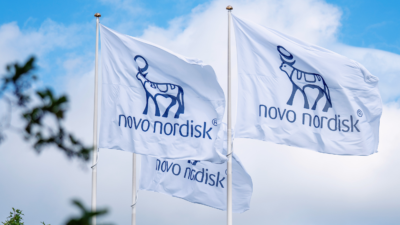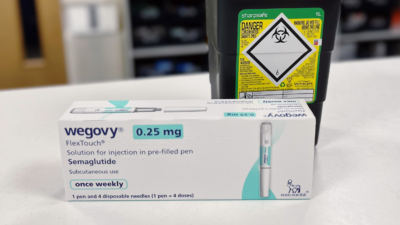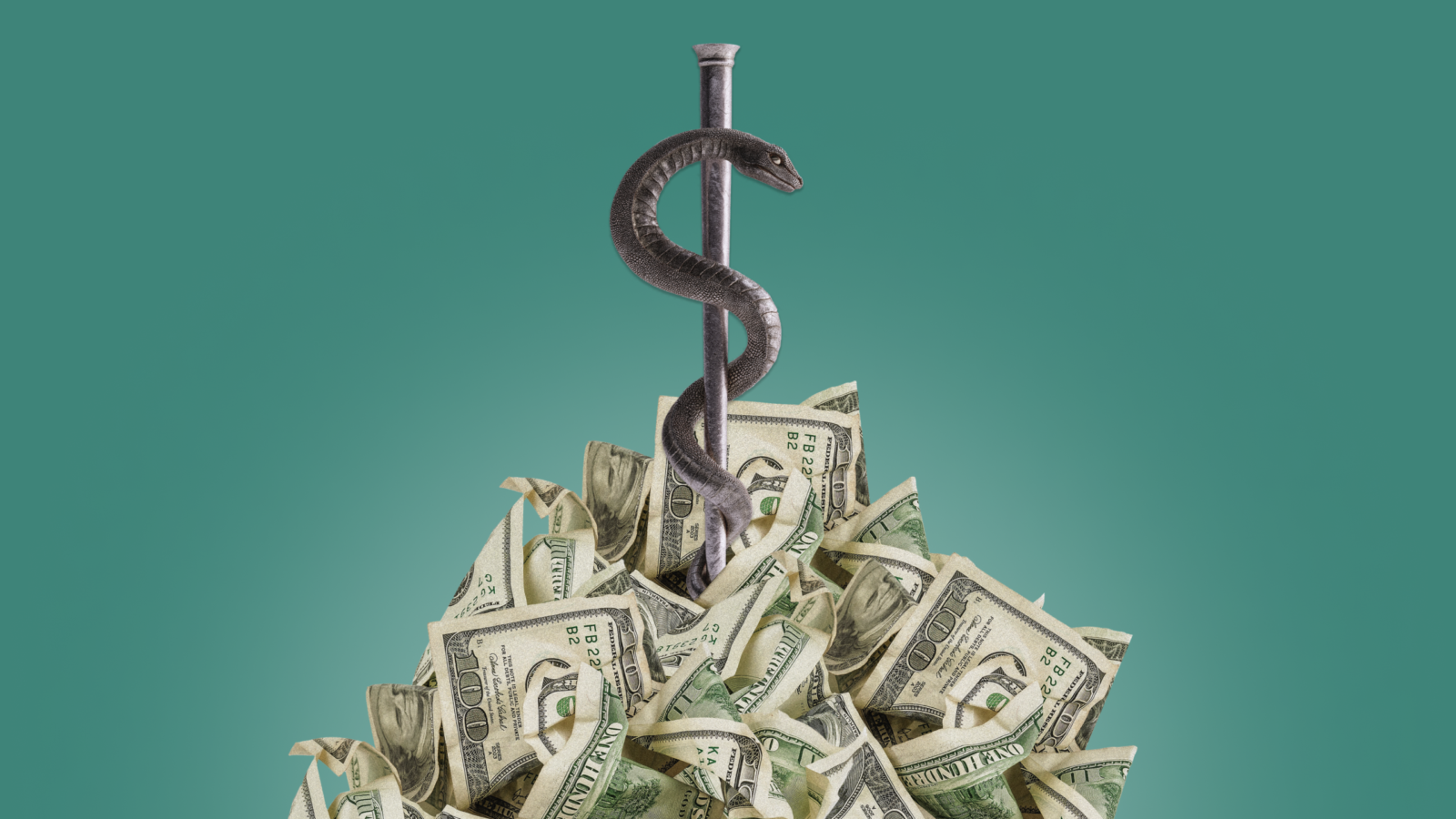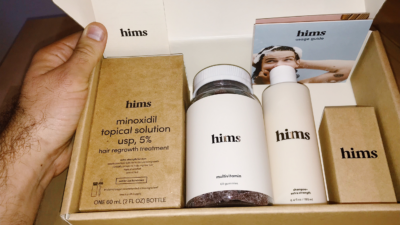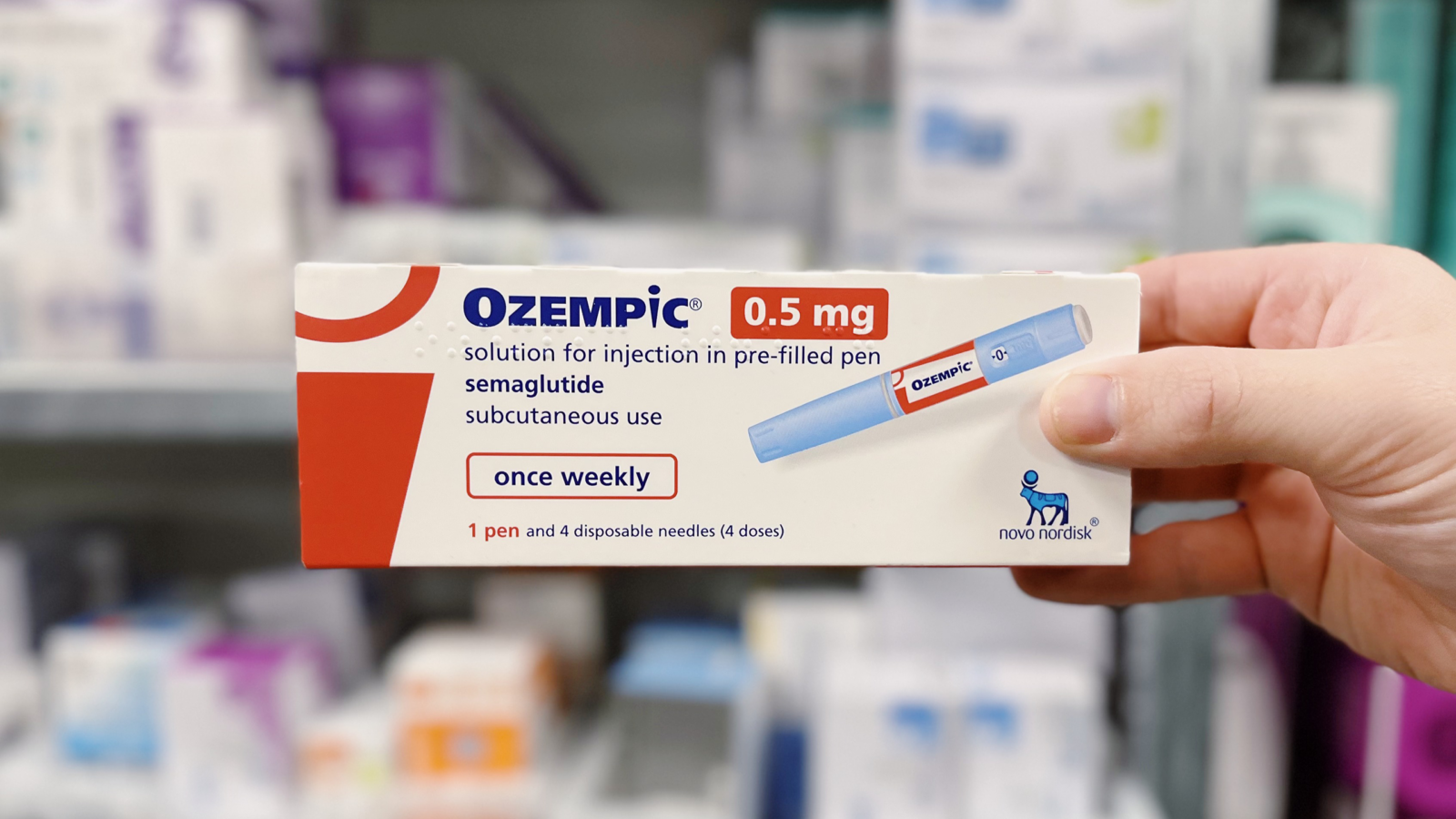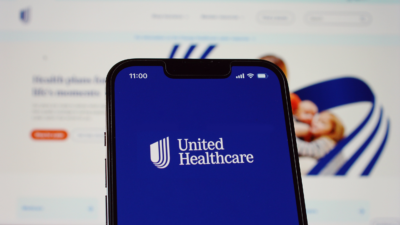Eli Lilly Skyrockets After Promising Results for First Weight-Loss Pill
The company plans to seek regulatory approval for the revolutionary weight loss treatment by the end of the year.
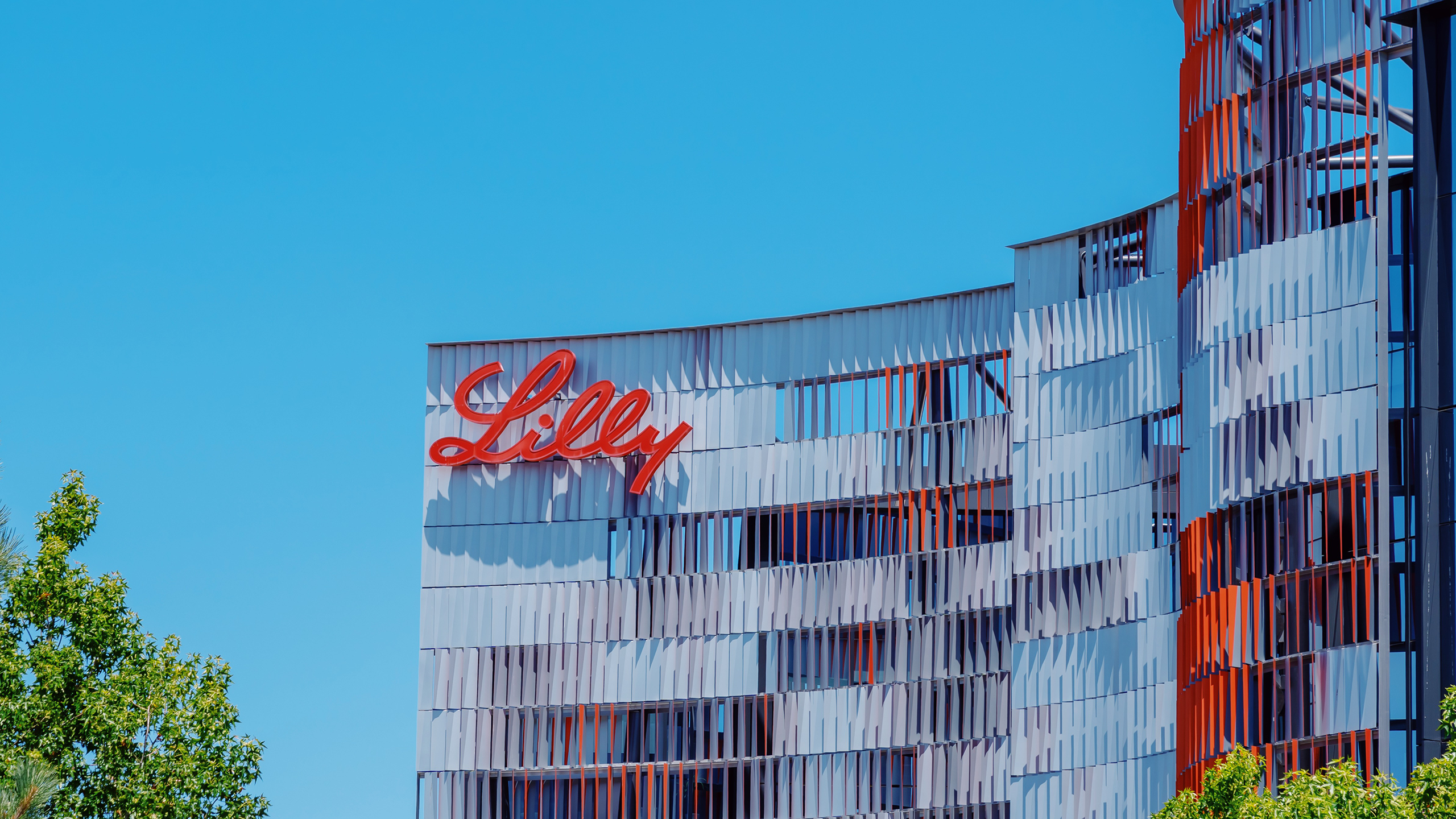
Sign up for smart news, insights, and analysis on the biggest financial stories of the day.
After the tireless, incredible work by the scientists involved, the marketing team will barely have to lift a finger to come up with something catchier than orforglipron, as the company’s potentially game-changing drug has been dubbed.
Eli Lilly announced trial results Thursday that suggested the experimental pill for diabetes and weight loss is just as effective as rival Novo Nordisk’s blockbuster injectable diet drug Ozempic. The company plans to seek regulatory approval for the treatment by the end of the year, which would make it the first orally administered GLP-1 treatment to hit the market in a massive medical and financial breakthrough.
Pill, Baby, Pill
The anti-obesity drug market could grow to $100 billion by 2030, according to Goldman Sachs, and is already well on its way there. Anti-obesity medications are now prescribed to 6% of Americans, a figure that has doubled every year since 2019. Eli Lilly and its chief rival Novo Nordisk sold over $40 billion worth of so-called GLP-1 drugs last year, with Lilly’s Zepbound and Novo’s Ozempic among the buzziest medical breakthroughs in recent years, creating fodder for celebrity tabloids and material for Saturday Night Live.
GLP-1 treatments mimic a gut hormone that reduces appetite by slowing digestion and increasing insulin release, thus helping with weight loss. But so far they have one major obstacle to adoption: fear. Current GLP-1 offerings are delivered by injection, creating a potential barrier to some customers, as roughly a quarter of US adults are afraid of needles.
Hence the importance of the trial for Lilly’s GLP-1 pill: Participants’ weight fell by 16 pounds, or 7.9%, on average at the highest dose in 40 weeks, comparable to using Novo’s injectable Ozempic for the same amount of time. For Lilly, the potential game-changer led to a historic stock jump, while its main competitor was left with one tough pill to swallow:
- Lilly’s shares rose 14% Thursday, good enough for the best one-day percentage increase since 2000. The trial was focused on diabetes patients, which GLP-1s can also be used to treat, and late-stage study results regarding patients with obesity are expected later this year, which could bring more good news.
- Rival Novo Nordisk has been under pressure since March when the second late-stage trial of its next-generation obesity drug candidate CagriSema proved disappointing and no better than Lilly’s Mounjaro. Novo shed about 7% Thursday — not the good, GLP-1 drug-fueled kind of shedding, either, and its market cap has slimmed down more than 50% over the past year.
Lilly CEO David Ricks hinted that the pill could avoid the supply chain pitfalls of injectable GLP-1s which, coupled with strong demand, led to shortages of Lilly’s Zepbound and Novo’s Ozempic in recent years. In a statement, he said orforglipron “could be readily manufactured and launched at scale for use by people around the world.”
Weighing the Cost: It’s not clear what the price tag on Lilly’s pill would be, but affordability has been a major concern in the GLP-1 space. More than half, or 54%, of adults who have taken one of the drugs told a poll by KFF Health last year that they found it difficult to afford them — brand-name versions can cost more than $1,000 per month without insurance.

